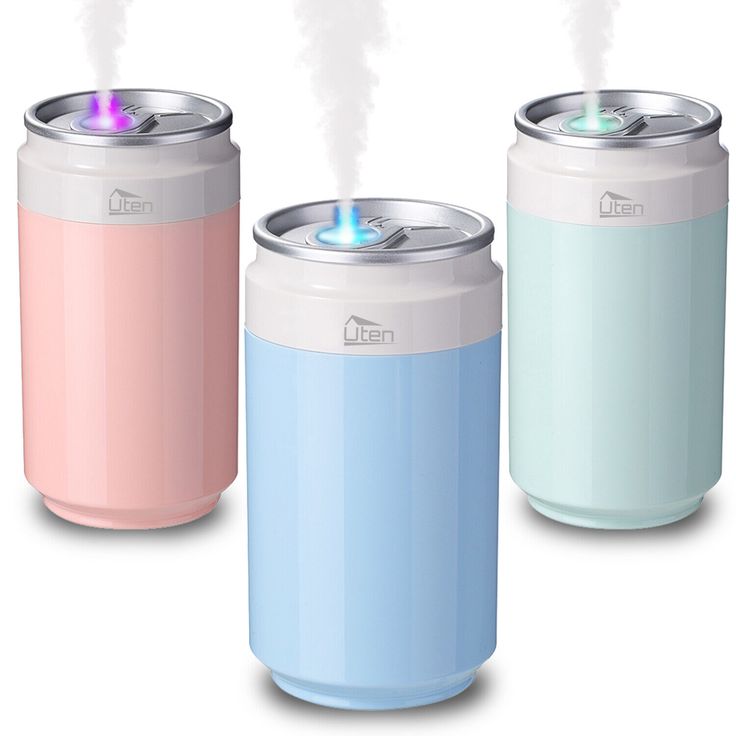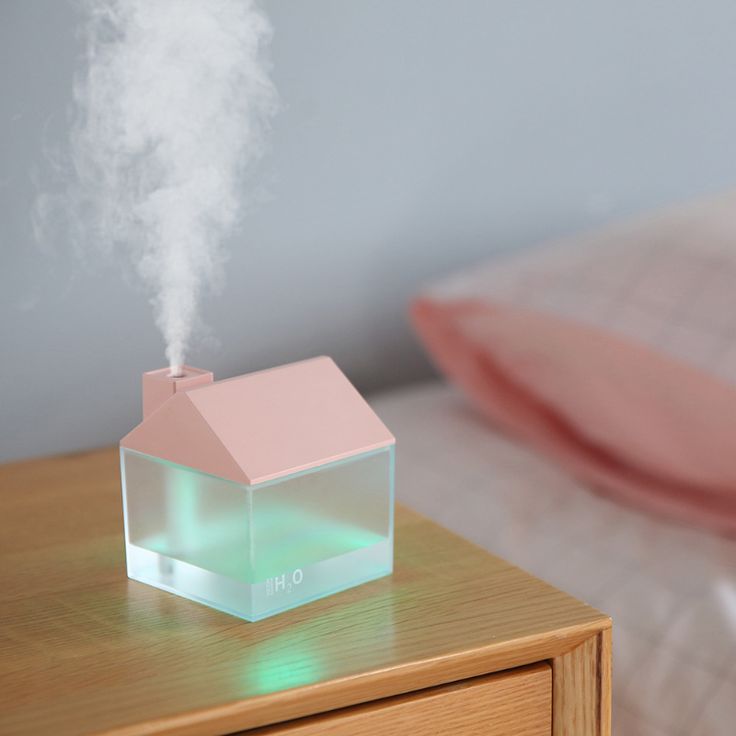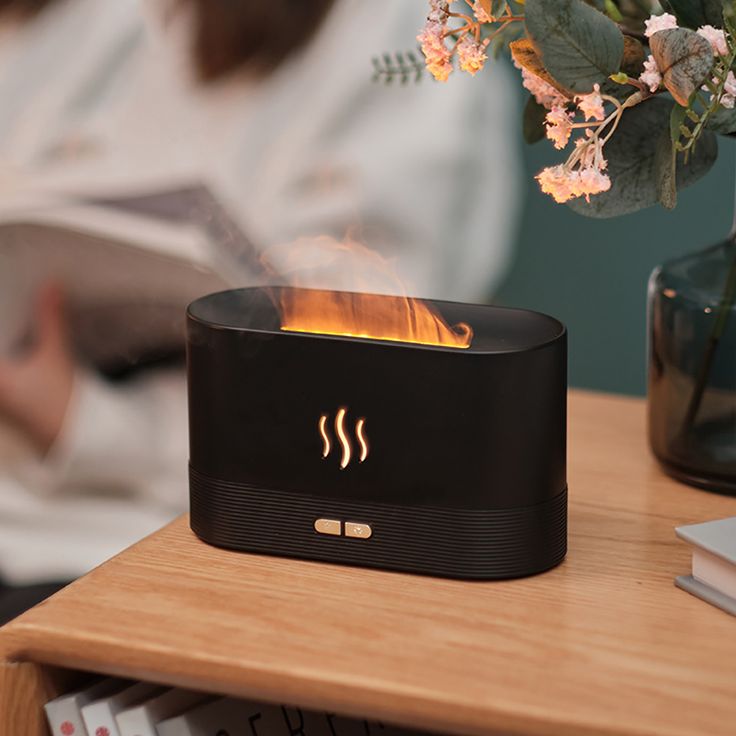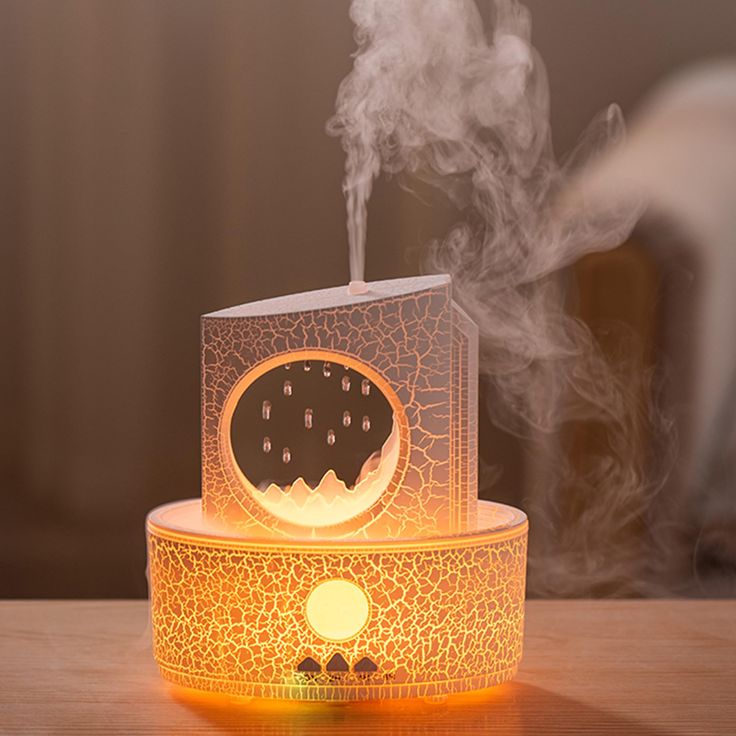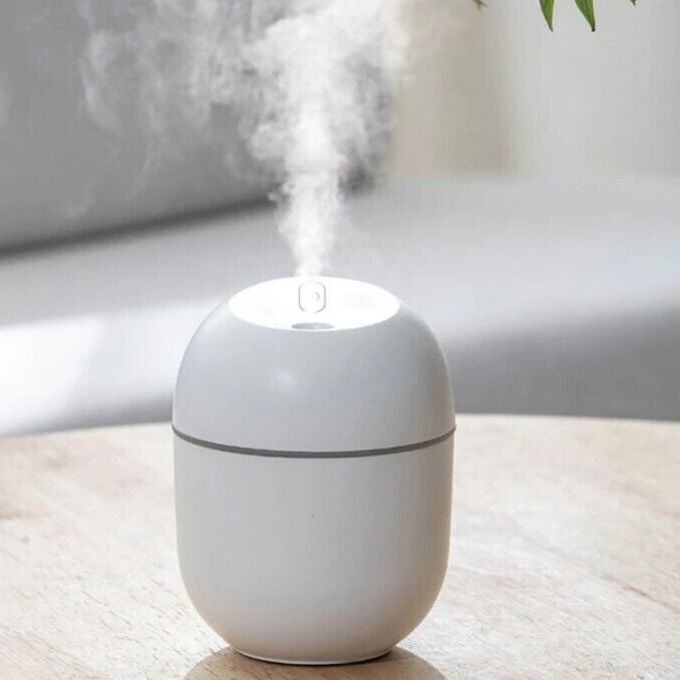Introduction to Ultrasonic Humidifiers
Ultrasonic humidifiers are gadgets that add moisture to the air. They are popular for their ease of use and maintenance. With the right care, they make your home more comfortable for years. How to clean ultrasonic humidifier?
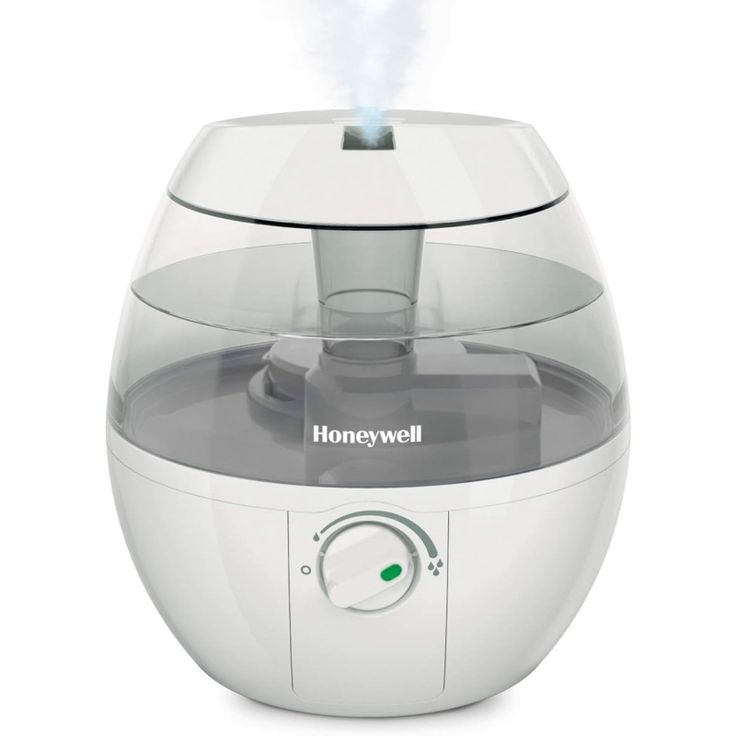
An ultrasonic cool mist humidifier turns water into a fine mist. This mist spreads throughout a room, bringing many health benefits. For those with dry skin, allergies, or respiratory issues, these humidifiers can be a game-changer.
Ultrasonic devices use high-frequency vibrations to create mist. Unlike warm mist humidifiers, they do not heat water. This means they are safer and more energy-efficient. Many people choose ultrasonic models for these advantages.
These humidifiers come in different sizes for various spaces. Smaller units might be enough for a single room, while larger ones can handle an entire home. Knowing how to use and maintain your air humidifier will help you get the best results.
Benefits of Using an Ultrasonic Cool Mist Humidifier
The use of an ultrasonic cool mist humidifier brings a multitude of benefits for your health and comfort. Here are some key advantages:
- Relief for Dryness: These humidifiers moisten the air, which can soothe dry sinuses and throats. This can be particularly helpful during the dry seasons or in air-conditioned spaces.
- Improvements in Skin and Hair Condition: Regular exposure to a moisturized environment can prevent skin dryness and reduce hair brittleness. Keeping a humidifier in your bedroom could help maintain better skin and hair health.
- Reduction of Airborne Germs: By maintaining a higher humidity level, these devices can hinder the survival of germs in the air. This could potentially reduce the frequency of illness in your home.
- Comfort During Illness: When sick, humidified air can make breathing easier. It won’t cure you, but it will help ease the discomfort caused by congestion or a sore throat.
- Safety: Without boiling water, an ultrasonic cool mist humidifier is safer, particularly around children and pets. There is no risk of scalding accidents compared to warm mist humidifiers.
These benefits outline why an ultrasonic cool mist humidifier is a valuable addition to any home. Just remember, to maintain these benefits, regular cleaning and proper usage are essential.
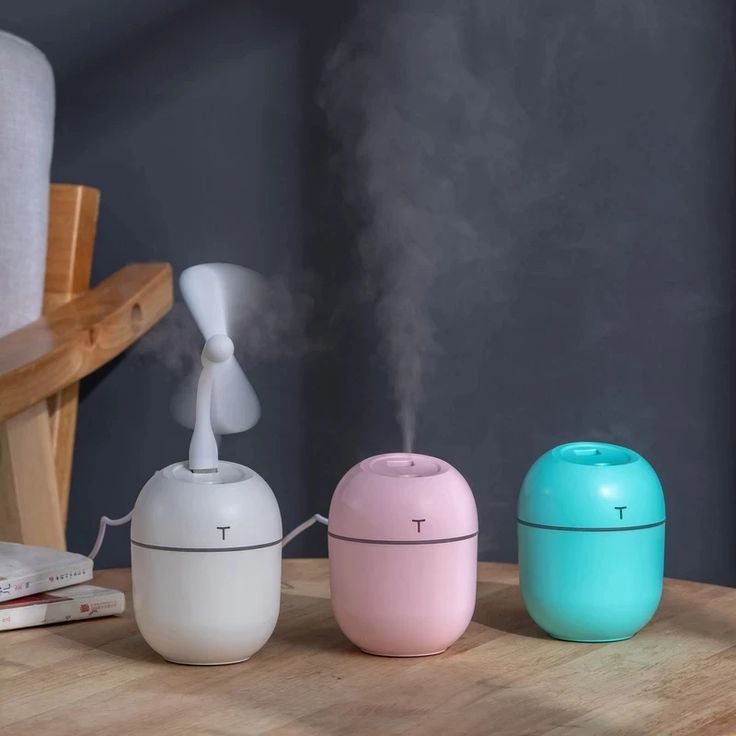
Comparing Cool Mist vs. Warm Mist Humidifiers
When deciding between a cool mist and a warm mist humidifier, it’s essential to understand their differences and implications for use. Both types aim to increase humidity levels, but they do so in distinctly different ways.
Cool Mist Humidifiers: Safety and Ease of Use
Cool mist humidifiers use a method that involves no heating of water. This makes them safer, especially in homes with children or pets. There’s no risk of hot water accidents, which can be a concern with warm mist types. Additionally, they are generally easier to clean because they do not involve hot water that can cause mineral deposits to harden within the unit.
Warm Mist Humidifiers: Potential Risks
Warm mist humidifiers work by boiling water, which creates steam. This method can help to kill germs in the water, but it also poses several risks. The boiling process can be a hazard if the unit is knocked over, potentially causing burns. Furthermore, since warm mist humidifiers emit heat, they can make a room uncomfortably warm, particularly in warmer climates. They also tend to require more frequent cleaning due to mineral buildup from the boiling process.
In conclusion, while both humidifier types effectively moisturize the air, cool mist versions generally offer greater safety and ease of maintenance. They are a preferable choice for most households, especially those with safety concerns. Remember, when making your decision, consider the specific needs of your environment and weigh the pros and cons of each type.
Proper Usage of Ultrasonic Cool Mist Humidifiers
To get the best performance from your ultrasonic cool mist humidifier, follow these guidelines:
- Choose the Right Location: Place your humidifier on a flat, stable surface. Avoid direct sunlight and keep it away from electronic devices.
- Use Distilled Water: Tap water can have minerals that build up in your humidifier. Distilled water helps prevent this buildup.
- Adjust Humidity Levels: Start with a low setting and adjust gradually. The ideal indoor humidity level is between 30% and 50%.
- Keep It Running: For continuous comfort, keep the humidifier running as long as needed. Ensure the water tank is always full.
- Use a Timer: If you’re forgetful, a timer can help. Set it to turn off the humidifier after a few hours.
By following these simple steps, you can enhance your indoor air quality and enjoy the benefits of your ultrasonic humidifier without any hassle.
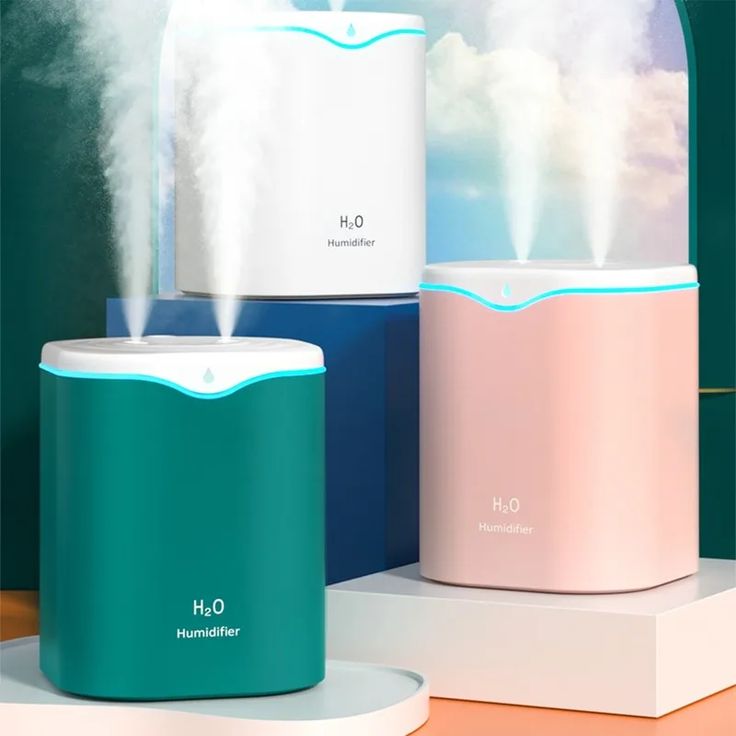
Step-by-Step Cleaning Instructions
Cleaning your ultrasonic cool mist humidifier is essential for its efficiency and longevity. Here’s how you can do it effectively:
- Turn Off and Unplug: Safety first. Always make sure the humidifier is turned off and unplugged.
- Disassemble the Unit: Carefully take apart your humidifier. Remove the water tank from its base. Most models allow you to lift it straight up.
- Empty and Rinse the Water Tank: Dump out any old water. Rinse the tank with clean water to flush out residue.
- Clean with Vinegar or Mild Soap: Fill the tank with a mixture of water and a few tablespoons of white vinegar. Let it sit for 30 minutes; this helps remove mineral deposits. Alternatively, use a mild soap for a gentle scrub.
- Scrub Away Residue: Use a soft brush or a sponge to scrub the tank and other components. Focus on any mineral deposits or build-up areas.
- Rinse Thoroughly: Make sure all soap or vinegar is completely rinsed away to avoid inhaling any residues.
- Wipe the Base: With a damp cloth, wipe down the base of the unit. Avoid getting electrical components wet.
- Dry and Reassemble: Allow all parts to air dry completely before reassembling the humidifier.
- Refill with Fresh Water: Once reassembled, fill the tank with fresh water, ideally distilled to minimize mineral buildup.
- Resume Operation: Plug in and turn on your humidifier, and adjust settings as necessary.
Following these steps every two to three weeks will help maintain your ultrasonic cool mist humidifier and ensure it’s working optimally.
Maintenance Tips for Ultrasonic Cool Mist Humidifiers
Maintaining your ultrasonic cool mist humidifier is simple but crucial. Regular upkeep prevents issues and keeps air quality high. Here are some tips:
- Check Filters Regularly: Some models have filters. Inspect them monthly and replace as the manual suggests.
- Prevent Mineral Buildup: Use distilled water instead of tap. It has fewer minerals that can collect inside the humidifier.
- Dry It Out: Let the humidifier air out sometimes. Doing this between uses stops mold and bacteria growth.
- Change Water Daily: Always empty the tank and fill with fresh water before use.
- Inspect for Damage: Look for cracks or other damage. Repair or replace damaged parts to ensure safety.
- Keep It Away From Walls: Place your humidifier away from walls and furniture. This prevents moisture damage.
By following these maintenance tips, you can extend the life of your ultrasonic cool mist humidifier, ensuring that it continues to provide a comfortable atmosphere in your home.
Safety Precautions and Tips
Ensuring the safe operation of your ultrasonic cool mist humidifier is key. Here are some precautionary steps and tips.
- Place Correctly: Keep your humidifier on a flat, stable surface. This prevents tipping.
- Electrical Safety: Position away from direct sunlight and electronics. Prevent damage and risks.
- Regular Checks: Inspect your humidifier for damage. Look for leaks or cracks regularly.
- Avoid Overfilling: Fill the tank to the correct level. Overfilling can cause malfunction.
- Clean Hands: Always handle with clean hands. Prevent dirt and germs from entering.
- Use Safe Water: Prefer distilled water to tap; it’s better for your health and humidifier.
- Monitor Humidity: Too much moisture can cause issues. Use a hygrometer to check levels.
- Children and Pets: Keep the device out of their reach. This helps avoid accidents.
- Power Off Before Cleaning: Always turn off and unplug. This ensures your safety.
These simple tips help prevent accidents and ensure your humidifier operates smoothly. They also contribute to the device’s longevity, keeping your home’s air clean and comfortable.
Conclusion: Ensuring Longevity of Your Humidifier
Maintaining your ultrasonic cool mist humidifier is key to its longevity. By keeping up with routine cleaning and care, you ensure it operates effectively for years. Always use distilled water to avoid mineral deposits. Check and clean filters if your model has them. Keep the humidifier on a flat surface, away from walls and electronics. Regularly empty and refresh the water to prevent bacterial growth. Properly positioning and safely operating your device will prevent accidents. Follow these simple steps to ensure a healthy, comfortable atmosphere at home. With care, your ultrasonic humidifier will be a lasting source of relief and comfort.

